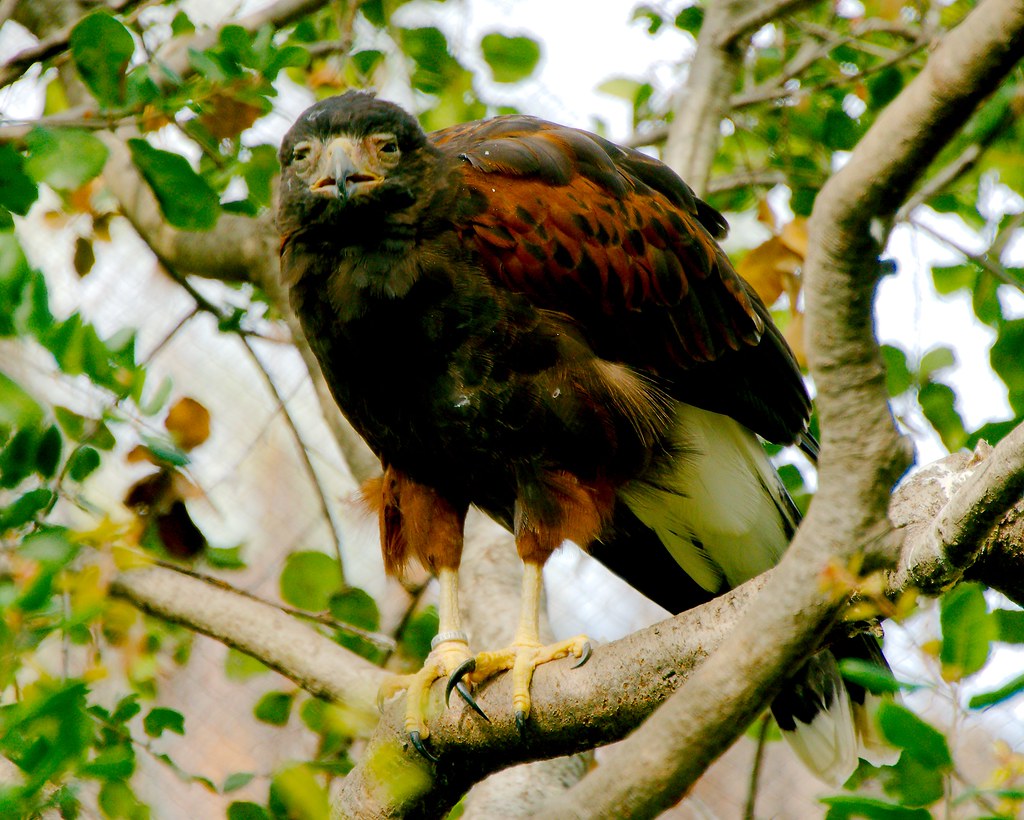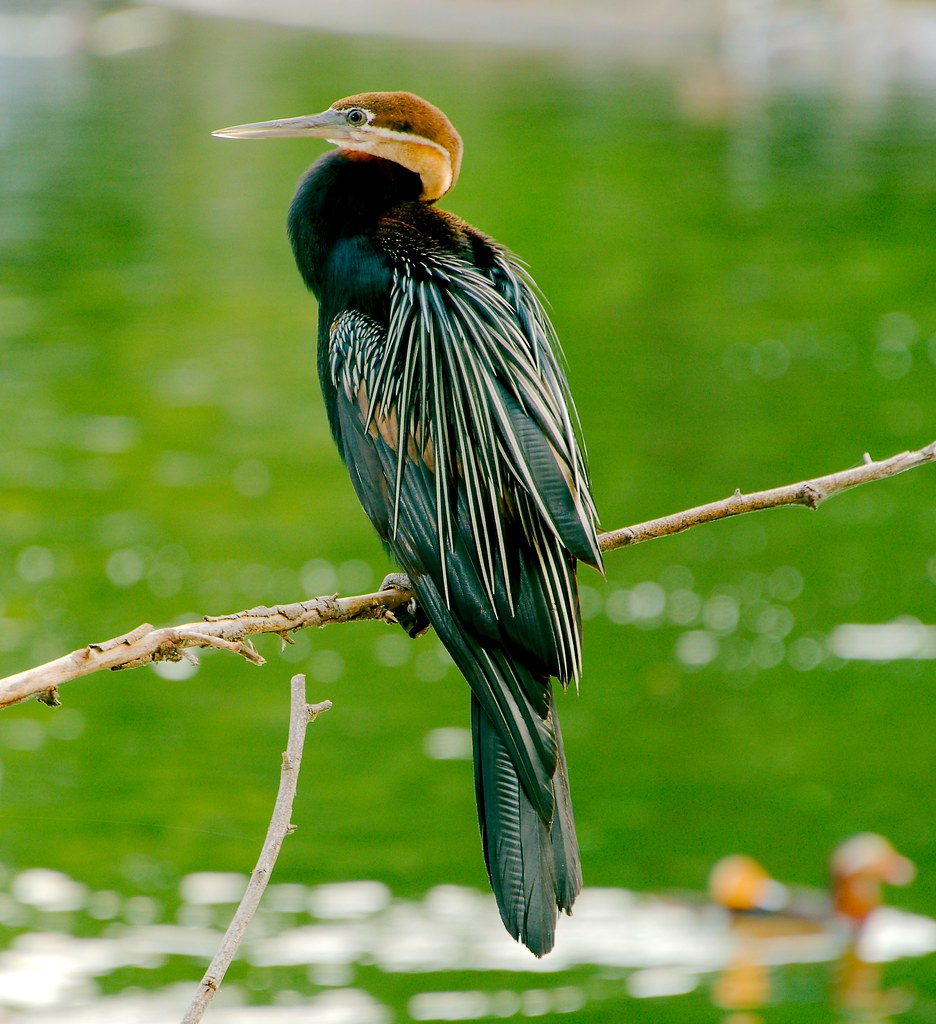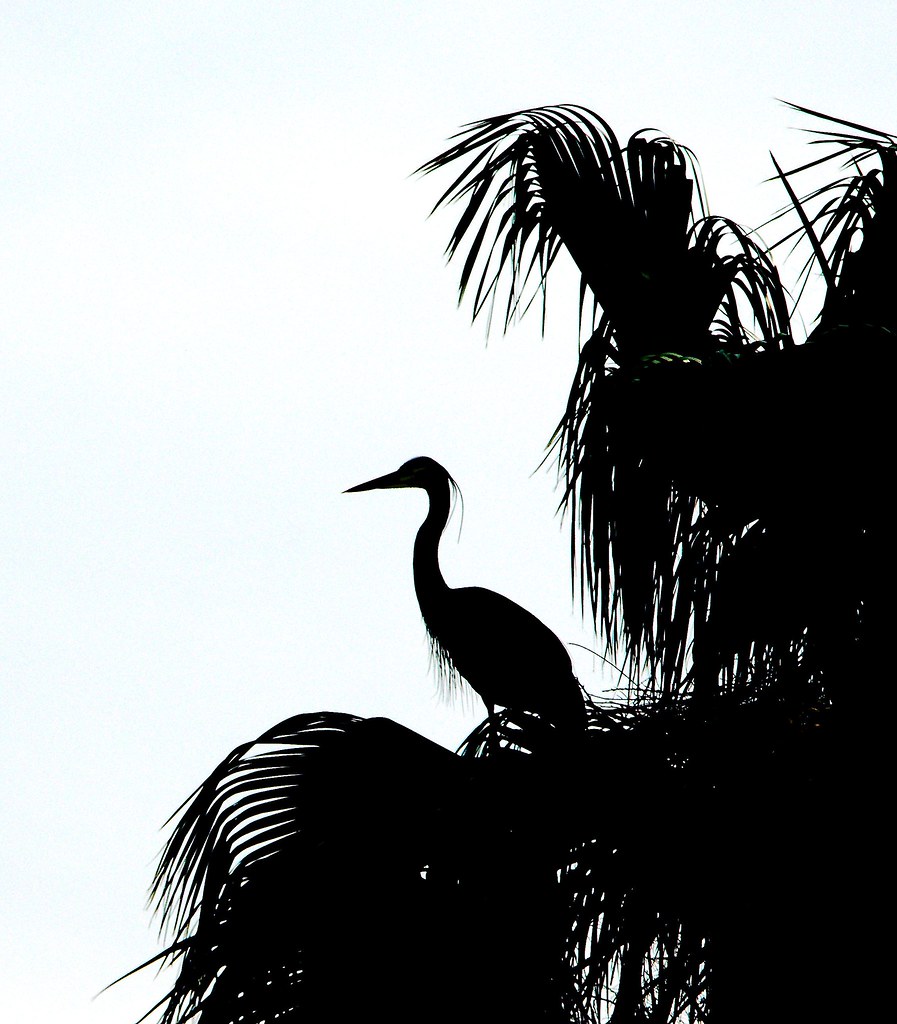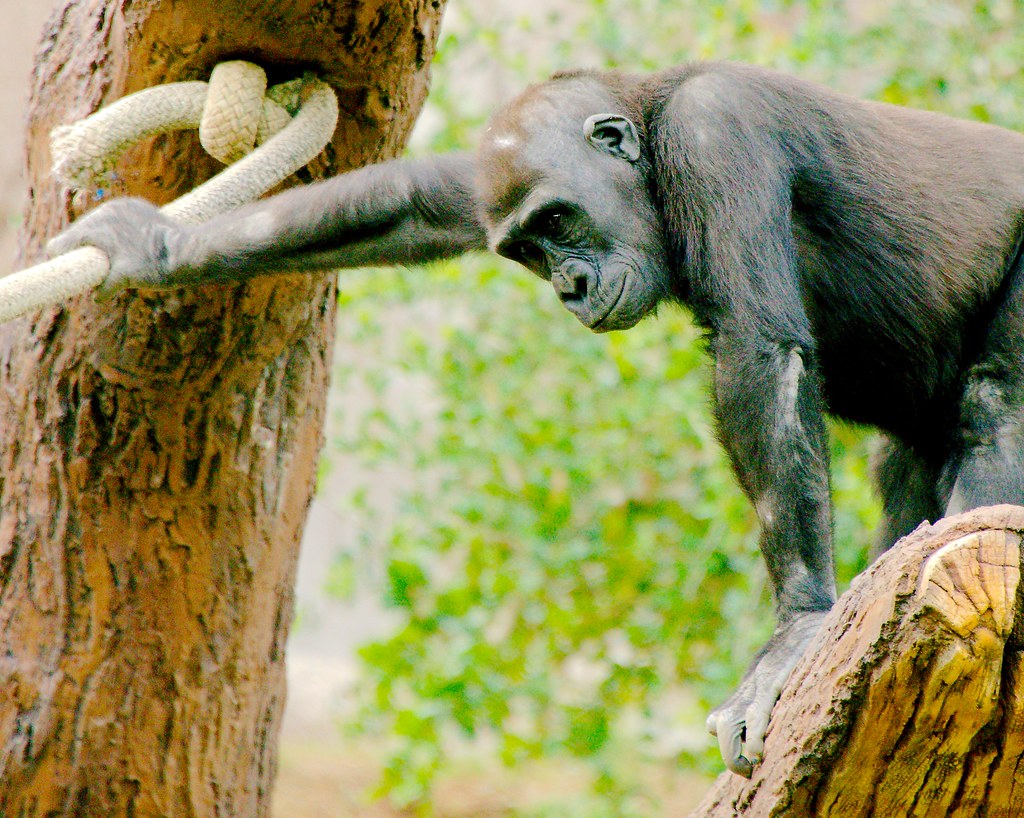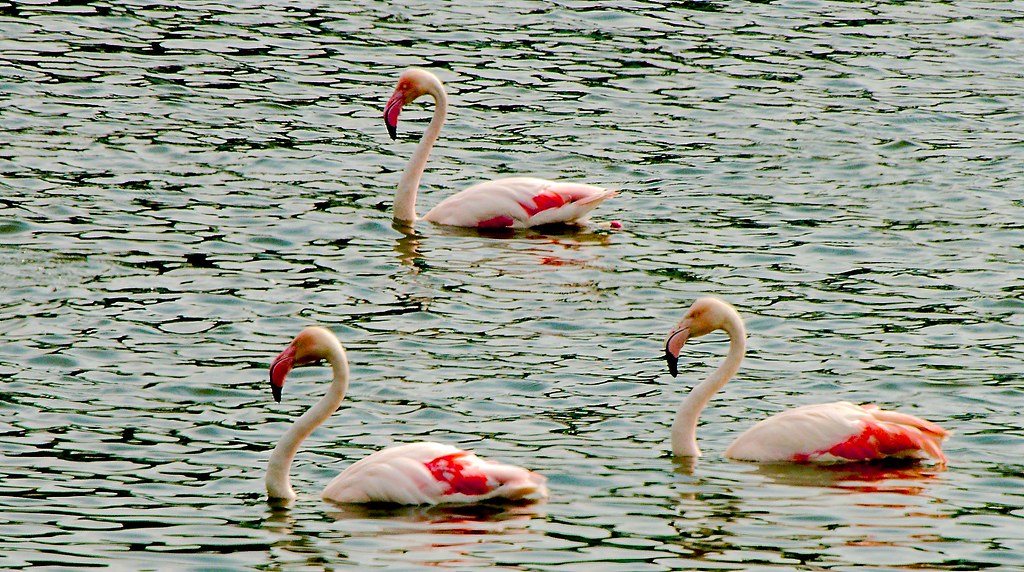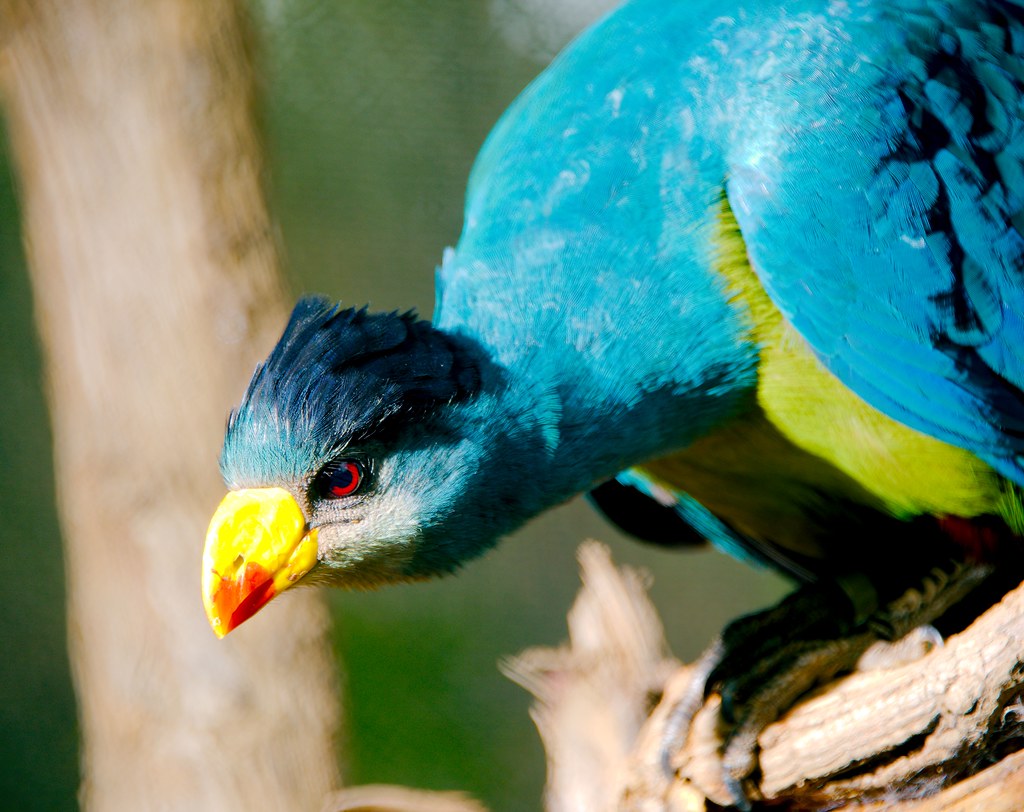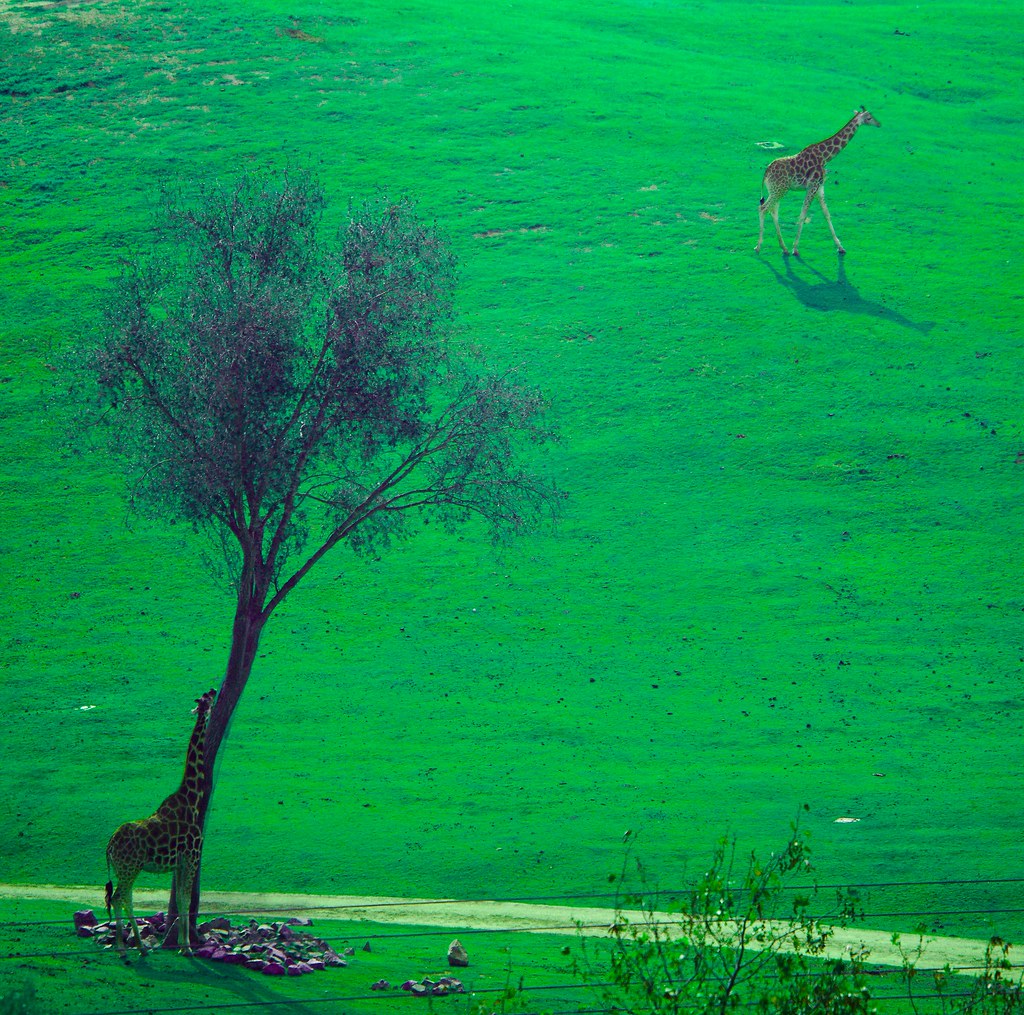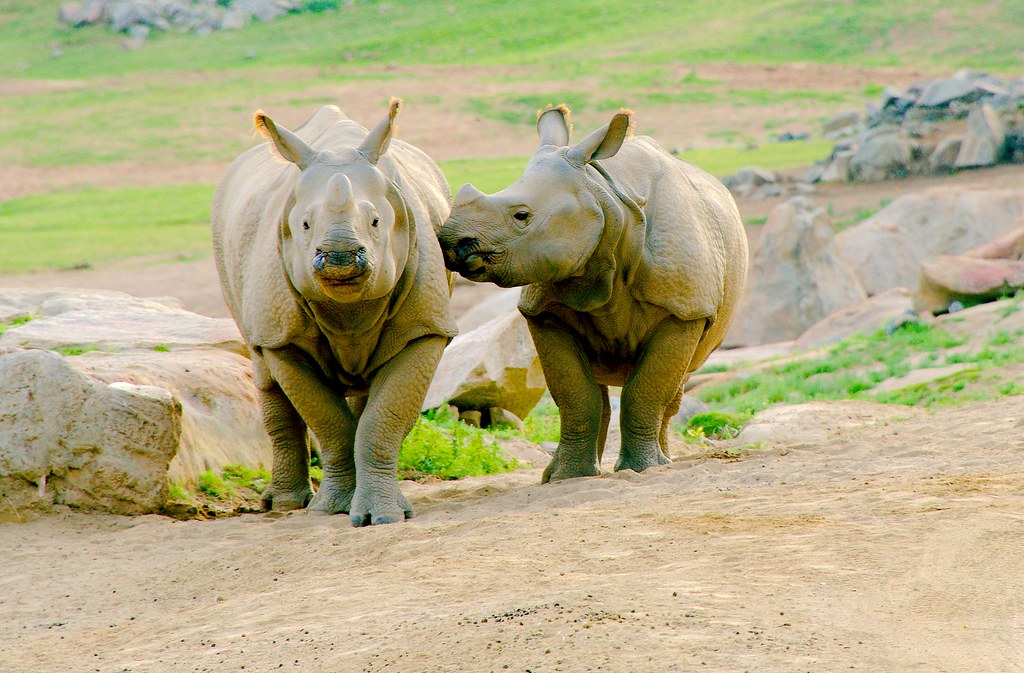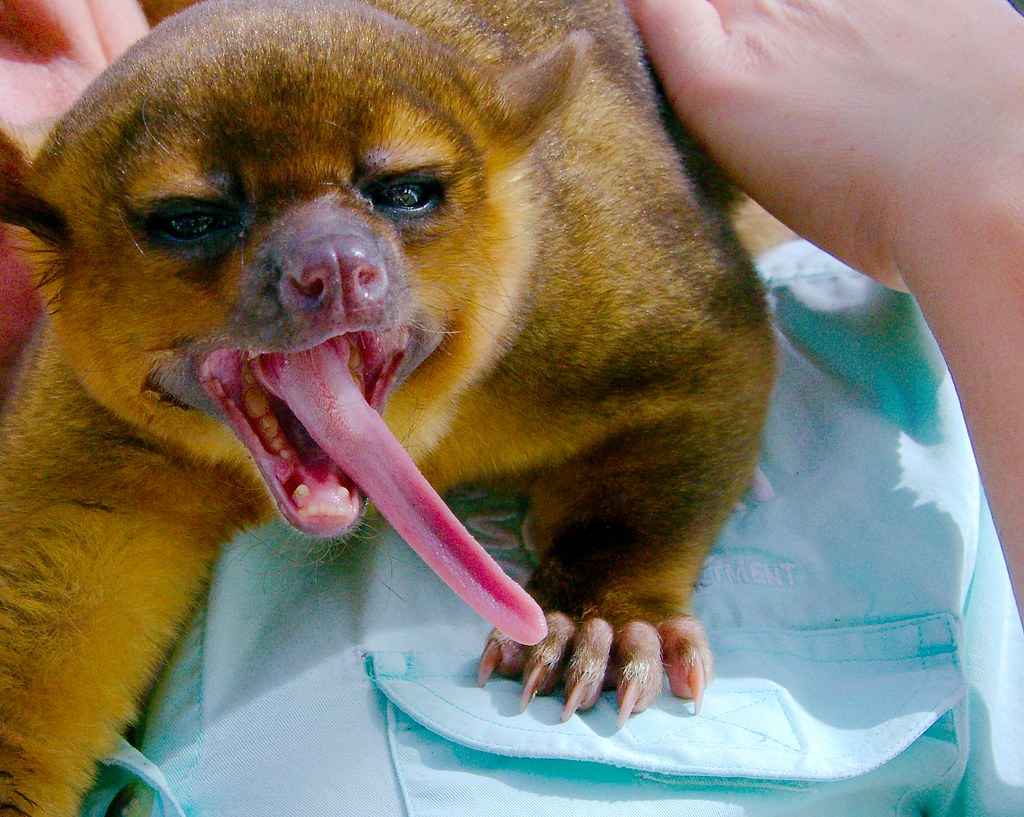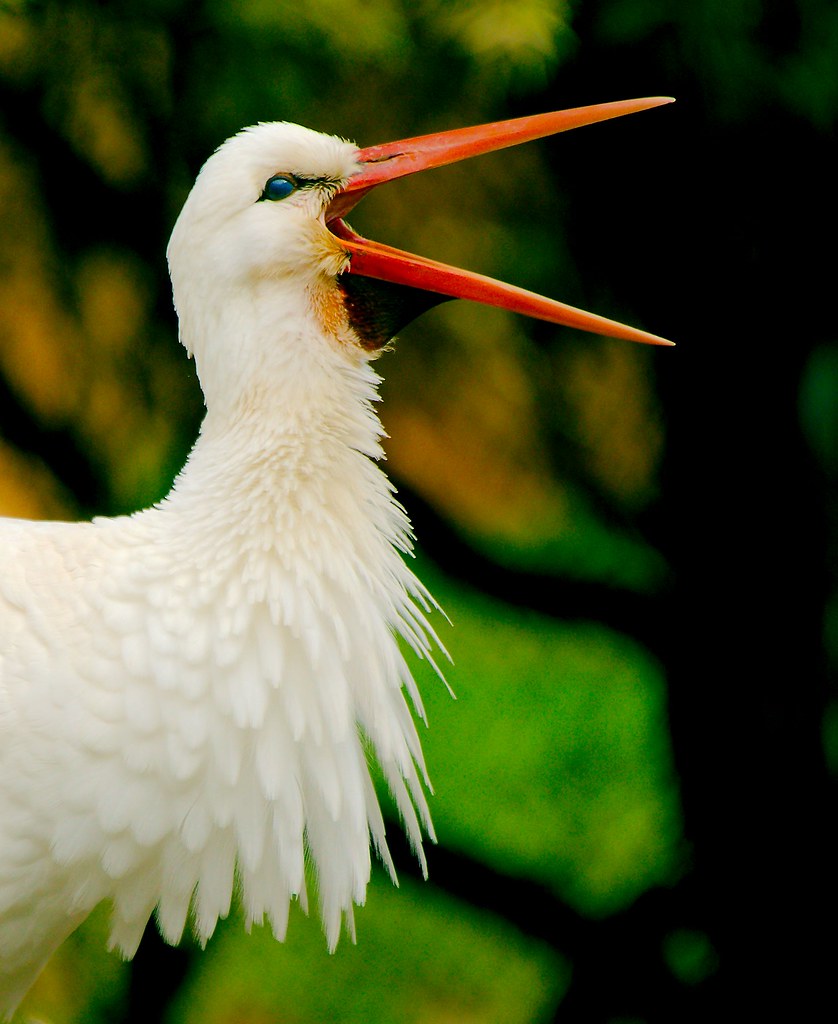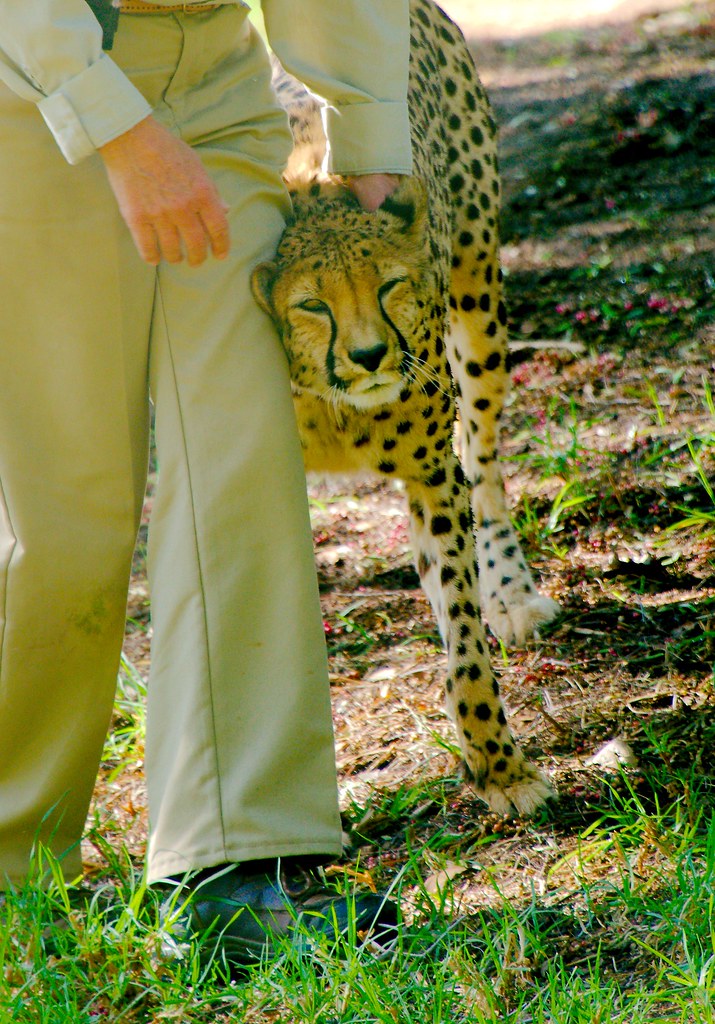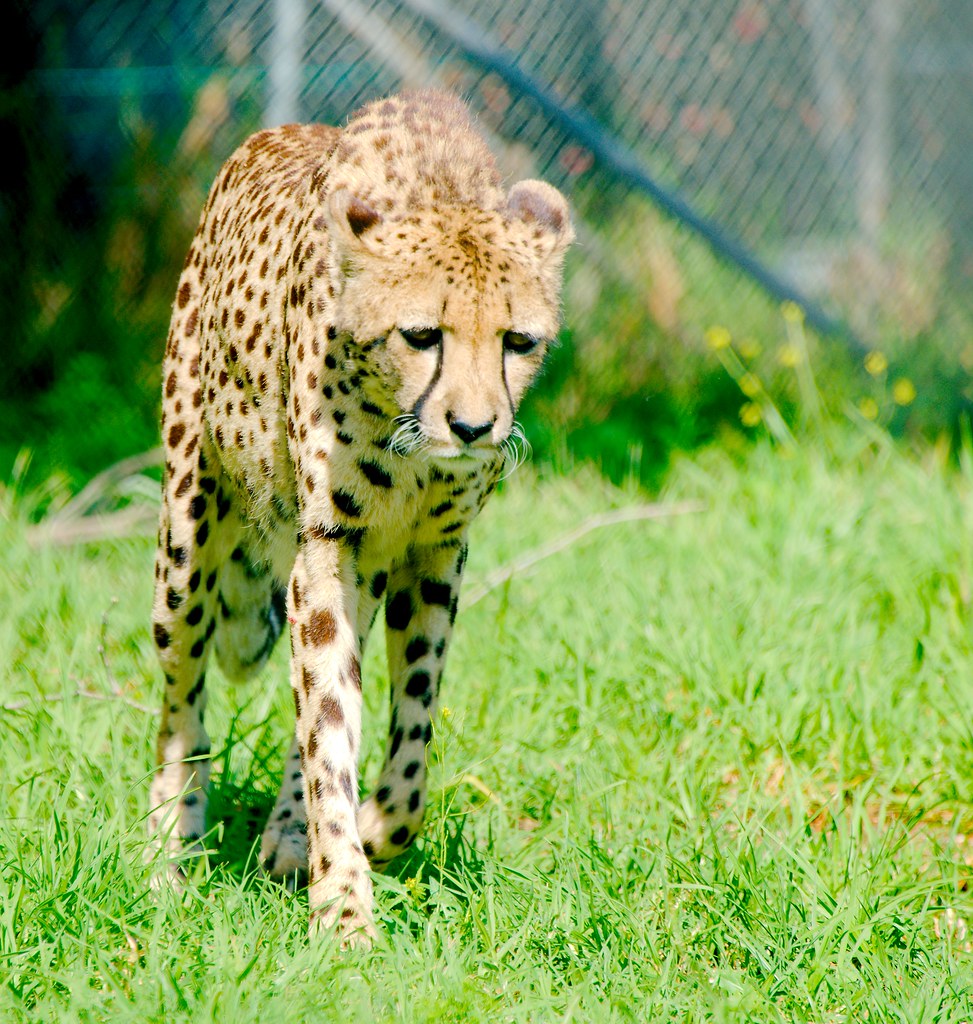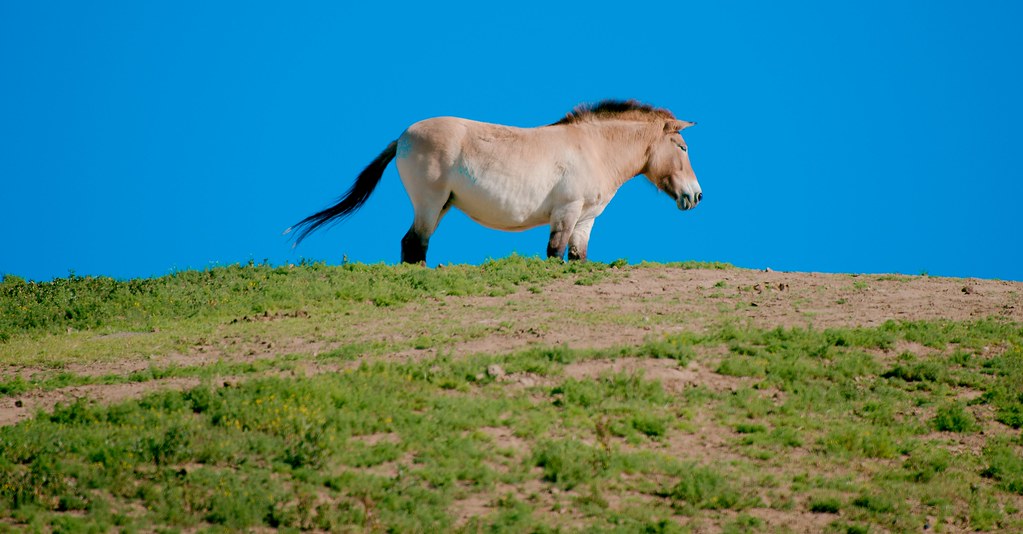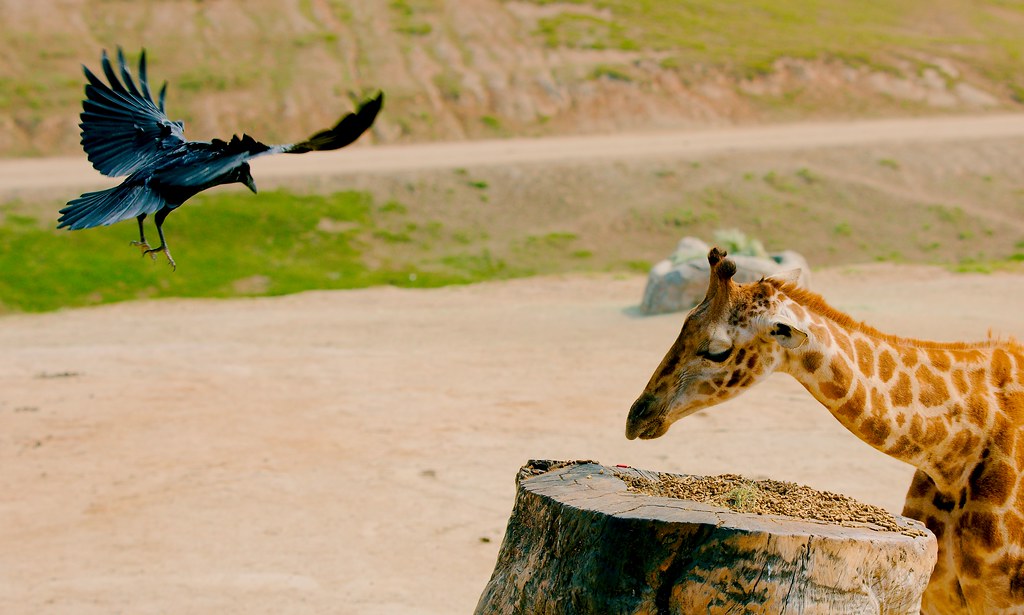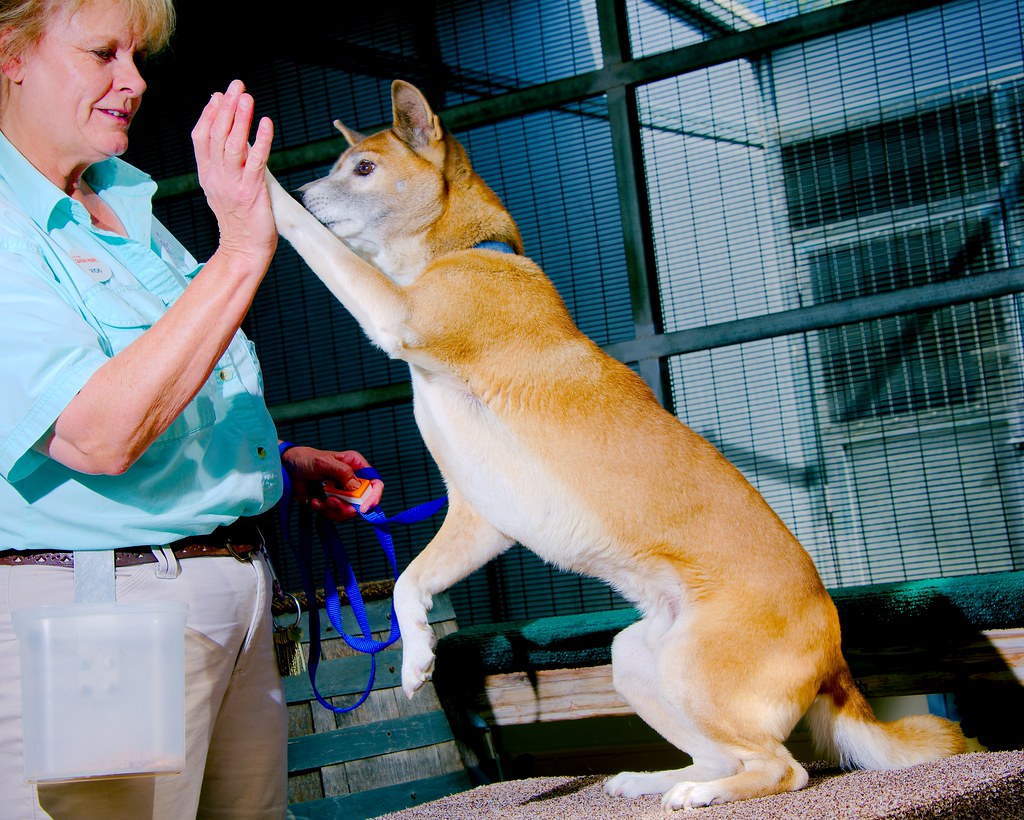And how was your Saint Patrick’s Day?
Tag Archives: San Diego Safari Park – San Diego
African Bush Elephant (Loxodonta africana)
Abdim’s Stork (Ciconia abdimii)
Cormorant
I’ve spent half of an episode of X-Files trying to identify this bird. It’s the one with the lake monster (the episode, not the bird). I know it has a black neck and a brown crown (the bird, not the lake monster). However, none of the online search sites seem to be able to help me figure out what it is (the bird, pretty sure the lake monster is an alligator).
Oh hey, look at that. It actually is an alligator. Also, Mulder’s gun sure has a lot of bullets in it.
Still need help with the bird though.
Blue Heron
Waldrapp
According to Wikipedia, there are about 500 wild birds remaining in southern Morocco, and fewer than 10 in Syria. Odds are, given recent events, there’s substantially fewer than 10 in Syria.
I see them in a lot of zoos though.
There are a lot of stories out there, talking about how elephants don’t breed well in captivity and need more space than zoos can give. They have a point. It is very hard to sustain certain species in captivity. However, they then jump to “therefore we need to close all zoos”, which is poor logic and manipulative.
The truth is that, with zoos focusing on captive breeding of critically endangered species, we stand a better chance of keeping them alive without them. Even ignoring all the work zoos do to raise environmental awareness and convey an appreciation of animals, hundreds if not thousands of species are still around just because of the work they do.
Gorilla (Gorilla gorilla (gorilla gorilla (gorilla gorilla)))
Greater Flamingo (Phoenicopterus roseus)
Great Blue Turaco (Corythaeola cristata)
For years, I’ve been told that bird feathers have no colour, but do prismatic effects with light. I’ve even seen a fascinating display at a museum which had three different feathers and, with a switch, you can move between top and back lighting. When back-lit, they become monochromatic, which pretty much convinced me.
Then, in researching what to say about this guy, I learn that turacos have both green and red pigments in their feathers.
Of course, this bird is neither green or red, and I’m red-green colourblind … so I can only conclude that the universe is messing with me.
Giraffe
Nature is a state of war. Giraffes grow ever taller to get the leaves. Trees grow ever taller to get away from the giraffes.
You’d think that they’d start working on wings but, as it turns out, flying takes a lot of energy. Digesting leaves to get that energy requires a long digestive tract, which makes for heavier animals. The heavier they are, the more energy they need to fly, and so the fight never ends.
The trees could evolve a poison to keep giraffes away, but the more complex a molecule is, the more energy it takes to make and that energy can be spent on growing taller instead. Also, historically, plants that make poisons aren’t all that effective. Some animals just turn them into spices.
The giraffes could evolve to pursue a high-energy food source, but to do so, they’d have to get smaller because there just aren’t that many nuts and insects around and, if they become carnivorous, faster to catch their prey. However, as soon as they start doing that, they’ll starve to death, not being able to reach the leaves that the trees try to keep away from them.
So they remain, locked in an extremely slow battle, until one, or both, of them fade away.
Indian Rhinoceros (Rhinoceros unicornis)
I was going to make a joke here about deodorant so I started running some Google image searches and queries for things like “famous deodorant commercials”.
After about ten minutes, I have concluded that the industry of … let’s call it “scent marketing” … it just awful. The ads are undeniably creative, but these amazingly brilliant people are spending their time making stunningly produced ads that, at their core, promote violence and rape.
So, instead, enjoy this picture of rhinoceroses and then go install AdBlock Plus because ads are terrible things.
Kinkajou (Potos flavus)
White Stork (Ciconia ciconia)
Q: What has six legs and can fly long distances?
A: Three albatrosses.
Q: What happens if you cross a duck with a firework?
A: You get a firequaker.
Q: How do you catch a unique bird?
A: Unique up on it.
Q: How do you catch a tame bird?
A: The tame way.
Q: Where do flocks come from?
A: Planted birdseed.
Q: Why did the farmer cross the road?
A: To get all his chickens back.
Q: Why does a stork stand on one leg?
A: Because if it lifted the other, it’d fall down.
A Frenchman walks into a bar with a parrot on his shoulder. The bartender asks, “Where did you get that?” The parrot replies, “In France, there’s tons of them.”
Ha!
Cheetah Day
Being a zookeeper means:
* Getting up very early
* Getting quite messy often (literally) shoveling shit
* Working long hours
* Constantly being on call
* Following extremely specific rules around compliance and safety
* Meeting some of the stupidest humans and being forced to treat them as guests
* Having to making detailed observations about animals on a daily basis
So why would anyone choose to be a zookeeper?
Cheetah Day
Cheetah Day
The following is a selection of words that can be used to describe cats, according to Words to Use.
active, agile, alert, beautiful, bossy, calm, chill, clever, courageous, crafty, cuddly, curious, energetic, furry, gentle, giant, graceful, handsome, intelligent, perfect, pouncing, pretty, queenly, regal, sleek, smart, sneaky, spry, sultry, superior, sure-footed, wild, wonderful
Przewalski’s horse (Equus ferus przewalskii)
Giraffe and Raven
New Guinea singing dog (Canis lupus dingo)
The New Guinea singing dog is a wild dog from (shock of shocks) New Guinea. They have a special method of howling that is more melodic than the dogs you’re used to. They are hard to see in the wild but, since they are dogs, they breed decently in captivity.
And if you are a zookeeper, you get to play pattycake with them.
Frozen Zoo
You can’t get good photos of animals at the frozen zoo … but if you’re interested in endangered species, this is the place where they are.
In each canister are hundreds of genetic samples … living stem cell lines of critically endangered AND extinct species.
I got to visit with some of the scientists who work there and, while I am not allowed to share any photos from inside, I can tell you that I got to see a living stem cell line of a Northern White Rhino that had died decades before. If there is any hope to preserve even a small slice of what we’re losing every day, it’s going to come from here and its associated facilities.
